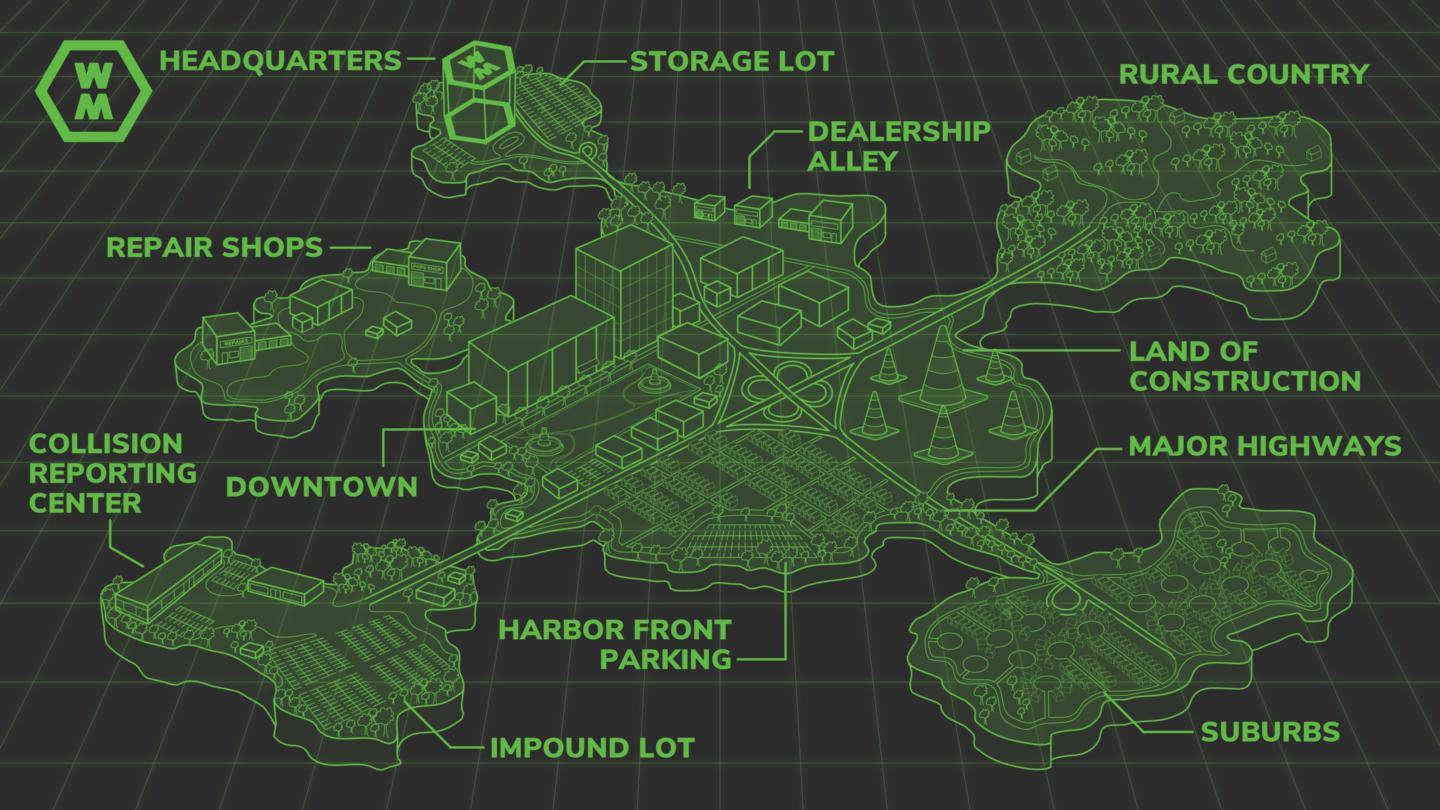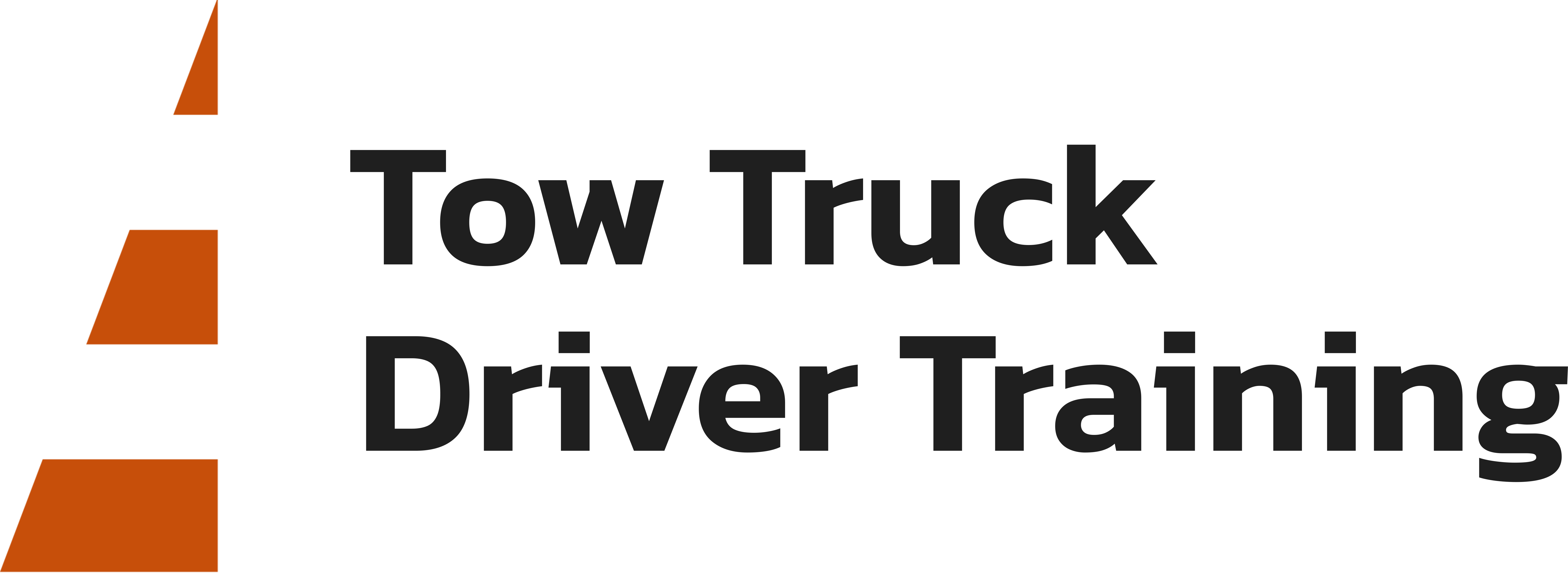Navigation & Drop Locations
THE MOST COMMON DROP AREAS

After a vehicle has been collected by an operator, there are several locations it can be towed or transported to. Here are the most common drop locations a light-duty operator would take a vehicle.
- Body Shop / Mechanic – One of the most common destinations for a customer’s vehicle will be a body shop or a mechanic This will commonly be the destination for vehicles that involved in accidents or have some sort of engine failure.
- Storage – An operator may be asked to bring the casualty back to the company’s storage lot. This can occur when the customer is unsure what they will be doing with a vehicle that requires a significant amount of work (i.e. scrapping or having it repaired). A company may also impound vehicles in their lot if there is no municipal impound.
- Impound – Vehicles that are being towed on behalf of a police force or parking authority will be impounded. Depending on the jurisdiction, vehicles may be towed to a central impound lot. Be sure you are knowledgeable of the impound locations in your local area of operation
- Customer’s Residence – Tows to customer homes or storage units is common for classic or vintage vehicles and other vehicles that can not drive under their own power. Alternatively, if a customer is unable to pay for repairs, they may ask you to tow their vehicle to their home.
- Dealership – Sometimes an operator will be required to transport vehicles for car dealerships. This is often used for higher-end vehicles.
- Collision Reporting Center – When a vehicle has been involved in an accident or crash, an operator may be asked to take the vehicle to a collision reporting centre before taking to a body shop or storage lot. Additionally, an operator may have to tow a previously towed vehicle to the collision centre or pick a vehicle up from a collision centre. These centres are more common in Canada.
THE IMPORTANCE OF KNOWING THE AREA
- After receiving a call from the dispatcher, it is important that the operator reaches the customer in a timely fashion. This is both an efficient use of company time and equipment as well good customer service. Navigation and knowledge of the area will assist greatly in achieving this.
Some digital dispatching services have navigation technology built in to the applications or will synch with navigation applications. Regardless, once an address is received, it can be entered into a smart phone navigation system or stand-alone GPS device in the truck. Even if an operator feels they know the area well, using a navigation program is recommended as many smart phone apps will now account for traffic, construction, tolls and other factors that could impact reaching the customer in a timely fashion.
REMEMBER
While smart phone applications are the most efficeient form of navigation, WreckMaster recomends keeping maps for the local area stowed in the truck in the event that the smart phone is misplaces, or the battery has died.
THE DISPATCHER
Sometimes navigation is not as simple as entering an address into a smart phone application. An operator may often need more information to help locate the customer. For instance, if a customer is broken down in a shopping mall parking structure, they may be difficult to find. Whenever possible, the dispatcher should collect detailed information on the customer’s location, however this responsibility will sometimes fall on the operator. The dispatcher should provide the operator with the customers phone number in case they are unable to locate the casualty.
